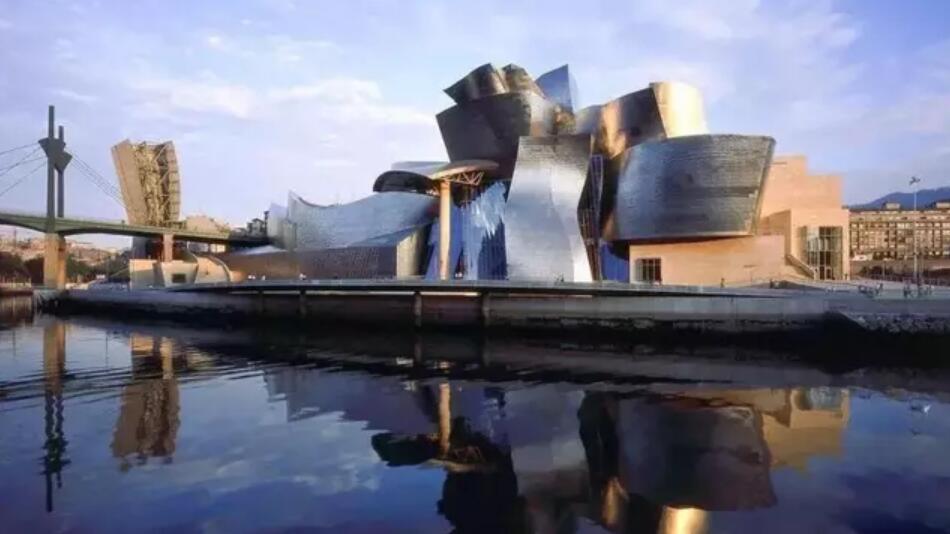Application of Titanium in Building Materials

Application of Titanium in Building Materials
Traditional metal building materials are mainly copper, iron, aluminum, and stainless steel. With the progress of society, people have higher requirements for building materials, and they are increasingly inclined to use more advanced building materials like titanium and titanium alloys. In this article, we will take a deeper look at the application of titanium in building materials.

Application of Titanium in Building Materials
Titanium and its alloys have a series of excellent characteristics such as low density, high strength, good corrosion resistance, low thermal expansion coefficient, no environmental pollution, and long service life. They can fully meet the performance requirements of building materials and are favored by modern architects.
The application of titanium in the field of construction mainly includes roofs, curtain walls, outer walls, eaves, ceilings, harbor facilities, bridges, art sculptures, monuments, railings, etc. The application of titanium in building materials has mature technology and rich experience in developed countries such as the United States and Japan.
Current Status of Titanium for Construction in Various Countries
1. Japan
Japan is the first country to use titanium in construction and is in a leading position in the use of titanium for building materials. Because Japan is an island country, the buildings in coastal areas are corroded seriously, and the excellent corrosion resistance of titanium can solve this problem. The number of buildings using titanium in Japan ranks first in the world. Large buildings such as Tokyo National Museum, International Convention and Exhibition Hall, Kansai Airport, and Fukuoka large outdoor stadium all use titanium.
2. China
The most eye-catching titanium used in Chinese construction is the dome of the National Grand Theater, which uses about 100t of titanium with a thickness of 0.4mm, which can change colors with light, showing people the infinite charm of titanium as a building material.
In addition, titanium is also used in the "Bird's Nest", the main stadium of the 2008 Beijing Olympic Games, the Hangzhou Grand Theater, and the Hefei Grand Theater.
3. Other Countries
The Guggenheim Museum in Spain uses a 0.3mm thick titanium plate with a dosage of 60t, which is strong and beautiful, and is rated as the "most beautiful museum on earth".
The Abu Dhabi Airport in the United Arab Emirates, designed and expanded by the Paris Airport Group of France, uses 800t of titanium for its structure, which is the world's first example of using titanium as a building material for an airport.
In addition, buildings such as the National Science Center in the United Kingdom and the California Studios Apartments also use titanium.
Conclusion
Thank you for reading our article and we hope this article can help you know the application of titanium in building materials better. If you want to know more about titanium and titanium alloys, we would like to recommend you to visit Advanced Refractory Metals (ARM) for more information.
Headquartered in Lake Forest, California, USA, Advanced Refractory Metals (ARM) is a leading manufacturer & supplier of refractory metals across the world. It provides customers with high-quality refractory metals & alloys such as titanium, titanium alloys, tungsten, molybdenum, tantalum, rhenium, and zirconium at a very competitive price.
{{item.content}}
LEVE A REPLY
{{item.children[0].content}}
{{item.content}}






